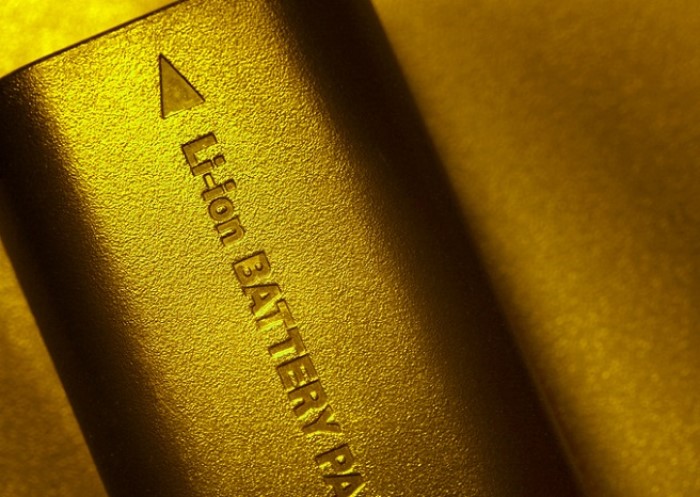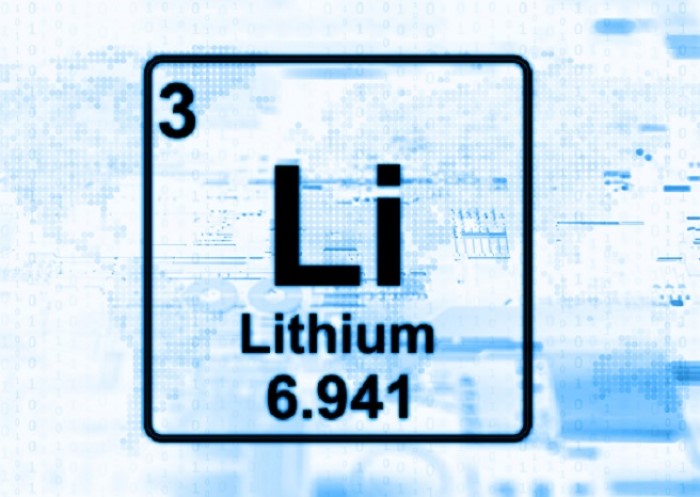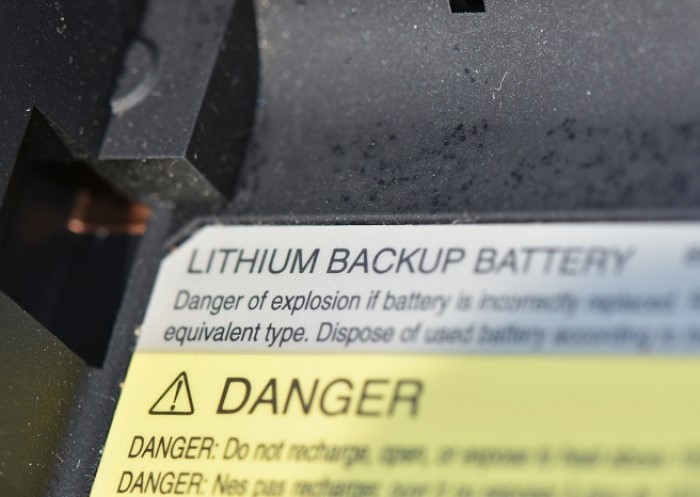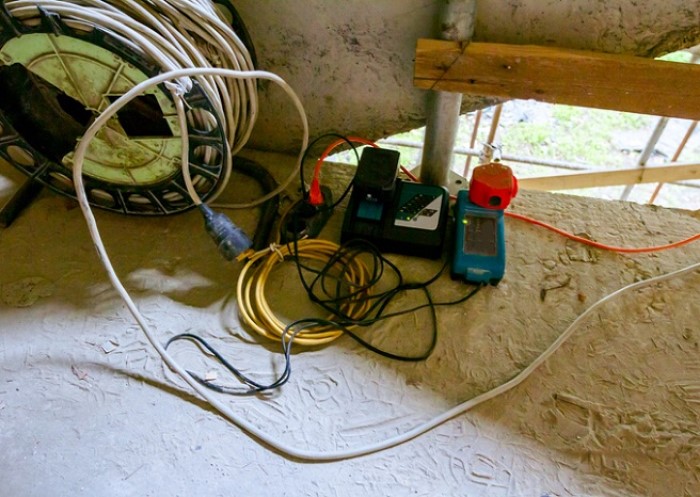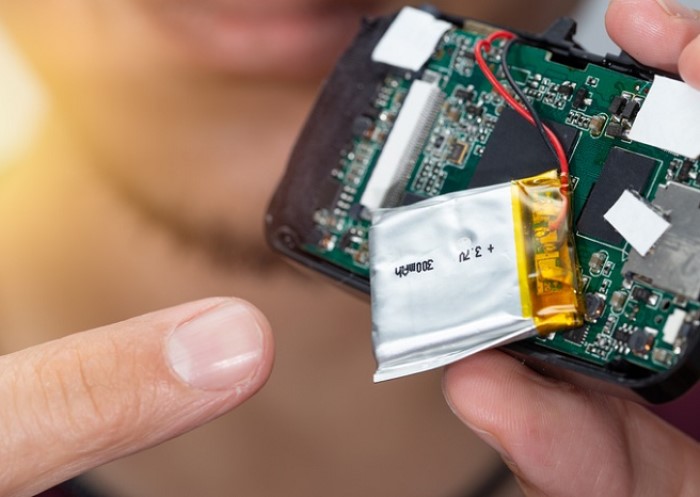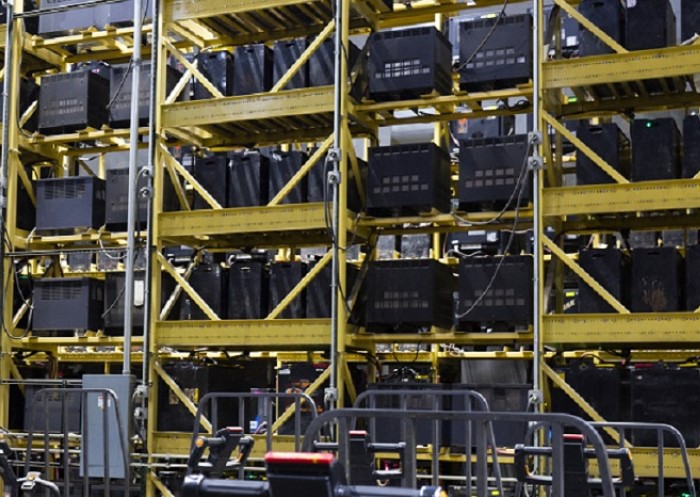Table of contents
Lithium-ion batteries are not only valued for their durability and freedom from maintenance, but also for their comparatively high energy density. Find out what this means and what influence the material used inside the batteries has on energy density in our guide.
The Importance of energy density in lithium-ion batteries
A battery with high energy density provides long-lasting power for pallet trucks, despite their compact size and light weight. High energy density offers the advantage that a large amount of energy can be stored in a battery that still maintains a compact format. The following principle applies:
Energy density indicates how much energy can be stored in a specific volume or mass. The higher the energy density of a lithium-ion battery, the longer an electric stacker truck can be powered by it, for example, for extensive lifting tasks.
Overview: Energy density of different lithium-ion batteries
Its construction and function of a lithium-ion battery determines its energy density:
| Lithium Battery Type | Energy Density |
|---|---|
| Lithium cobalt dioxide battery | 110–160 Wh/kg |
| Lithium polymer battery | 100–150 Wh/kg |
| Lithium iron phosphate battery | 80–140 Wh/kg |
| Lithium titanate battery | 90 Wh/kg |
Especially in the field of electromobility, research is currently being conducted on lithium battery energy density. Future rechargeable lithium batteries are expected to achieve an energy density of over 400 Wh/kg based on Li-sulphur or up to 800 Wh/l based on Li-Air.
Volumetric and gravimetric energy density of Li-ion batteries
The quantity, to which lithium-ion energy density is distributed, can be defined as:
- Spatial: The so-called volumetric energy density describes the energy measure in joules per unit volume in cubic metres. The following applies for the same amount of stored energy: the greater the volumetric energy density, the smaller the dimensions of the battery.
- Capacity per mass: The gravimetric energy density indicates the energy measure in joules per mass in kilograms. The energy density of lithium-ion batteries is usually given gravimetrically, i.e., as capacity per mass. How high the energy density of these batteries is, depends on the cathode material used. Mostly, cobalt oxide is used here (for example in smart phones and notebooks). This offers an energy density of up to 180 watt-hours per kilogram (Wh/kg).
Lithium-ion batteries naturally degrade over time with regular use, gradually losing capacity through repeated charge and discharge cycles. To gauge a battery’s remaining lifespan, various methods can be employed to measure its current capacity.
Coulomb Efficiency
The Coulomb Efficiency (CE) describes the charge efficiency with which the energy stored in the battery can be extracted again, i.e., used. In addition to a high energy density, lithium-ion batteries have a Coulomb efficiency of almost 100 percent: almost all the current you charge into a lithium-ion battery can be withdrawn again. Accordingly, lithium batteries are far more efficient than lead-acid batteries, which only achieve an efficiency of 65 percent.
The energy storage units remain particularly powerful if you not only charge lithium-ion batteries properly, but also correctly store your lithium-ion batteries when they are not in use or prepare them for optimum lithium-ion battery transport. In particular, the so-called Ingress Protection (IP) class is of great importance depending on the area of application of the battery-powered device. At some point, however, even the best-maintained batteries wear out. You must dispose of unusable batteries properly, as required by law for hazardous goods and hazardous materials. Our guide tells you how to dispose of and recycle your old lithium-ion batteries correctly.
FAQ on the power density of lithium-ion batteries
Energy density describes how much energy can be stored in a certain volume or mass. In a lithium-ion battery, tiny particles called ions store energy. When you charge the battery, these ions move to one side (the anode). When you use the battery, the ions travel to the other side (the cathode), releasing energy along the way. The energy density tells us how much energy these traveling ions can carry in a given space. A battery with high energy density can store more energy in a smaller package.
To calculate a lithium battery’s energy density, we need to consider how many ions can move, how much energy each ion carries, and the voltage of the battery (think of this as the “pressure” pushing the ions). When we combine these factors, we get the total energy the battery can hold. The more energy it can pack into a small space, the higher its energy density.
Energy density is subdivided as follows:
1. Gravimetric energy density: indicates the measure of energy in joules per mass in kilograms.
2. Volumetric energy density: indicates the measure of energy in joules per volume of space in cubic metres.
Coulomb efficiency refers to how much energy per volume can be extracted from a battery.
Image source:
© gettyimages.de – JanakaMaharageDharmasena

